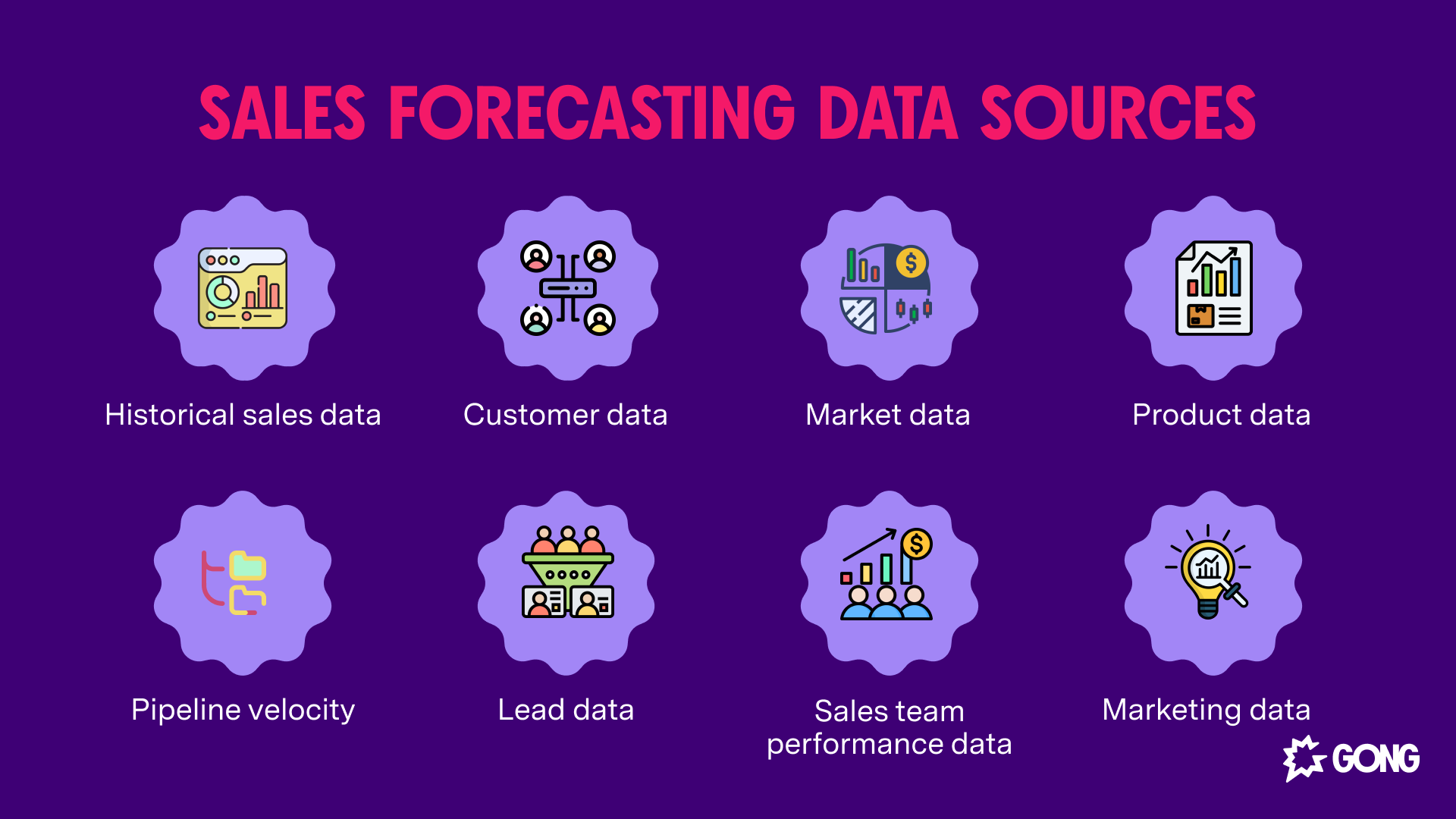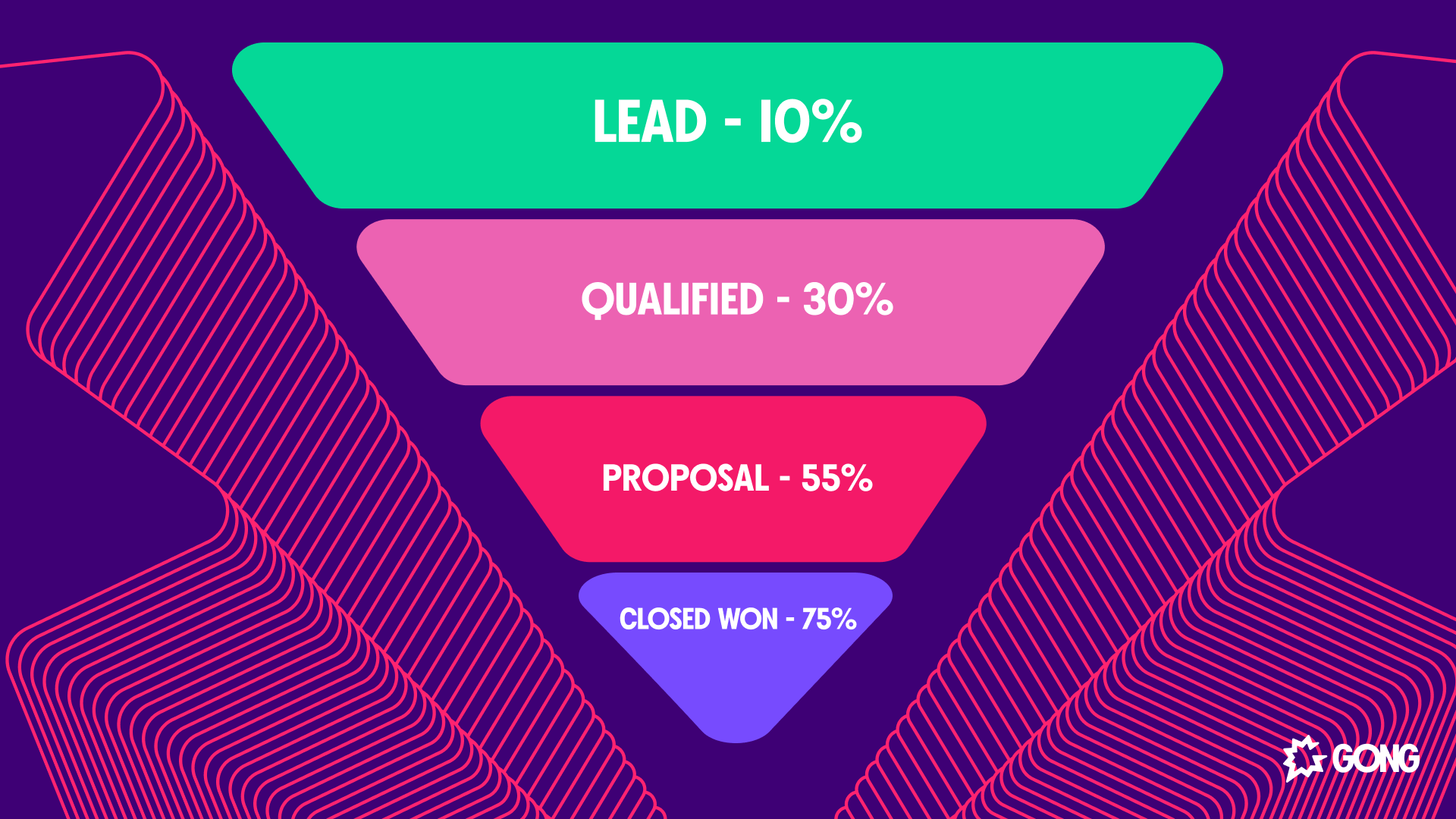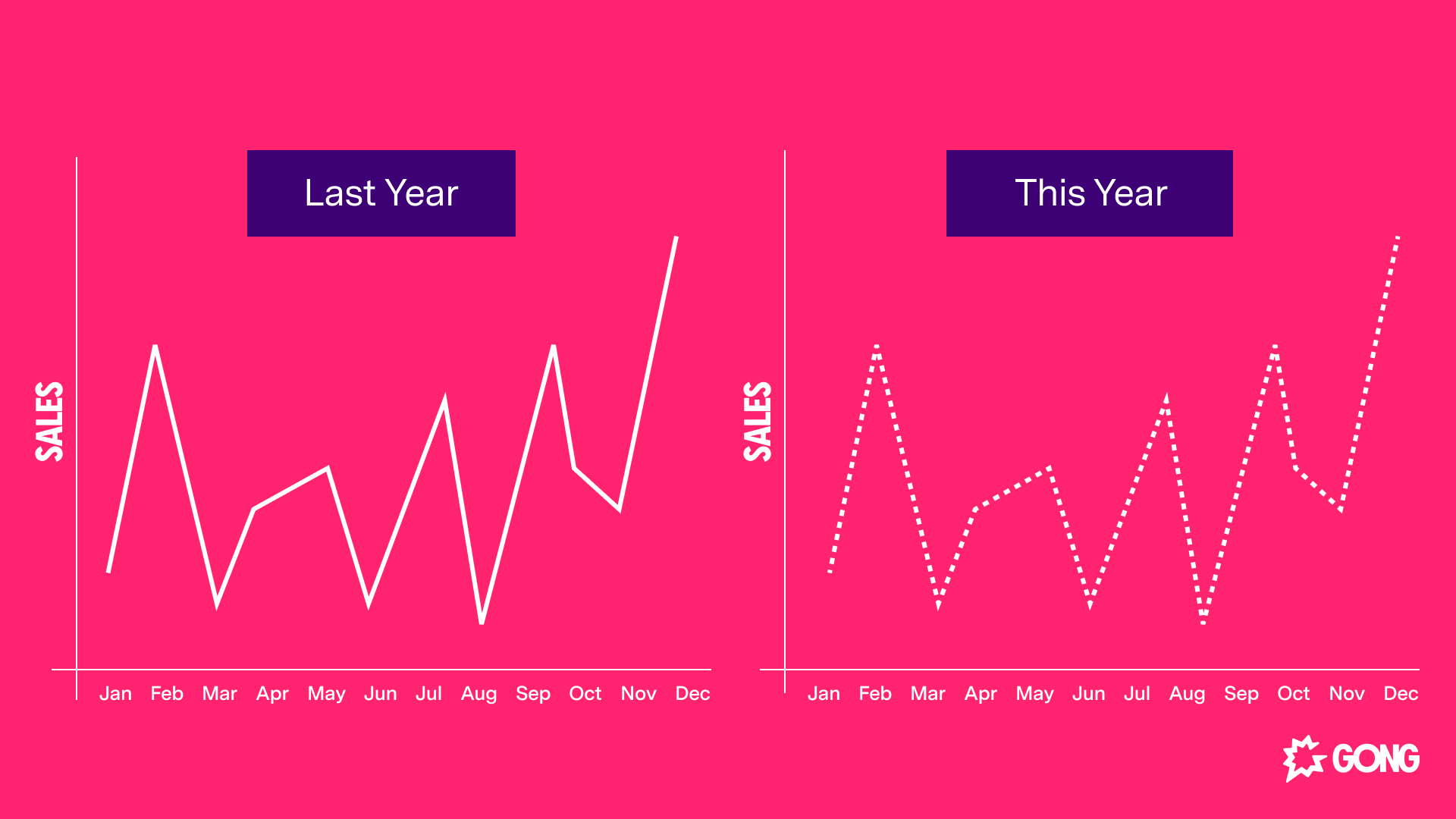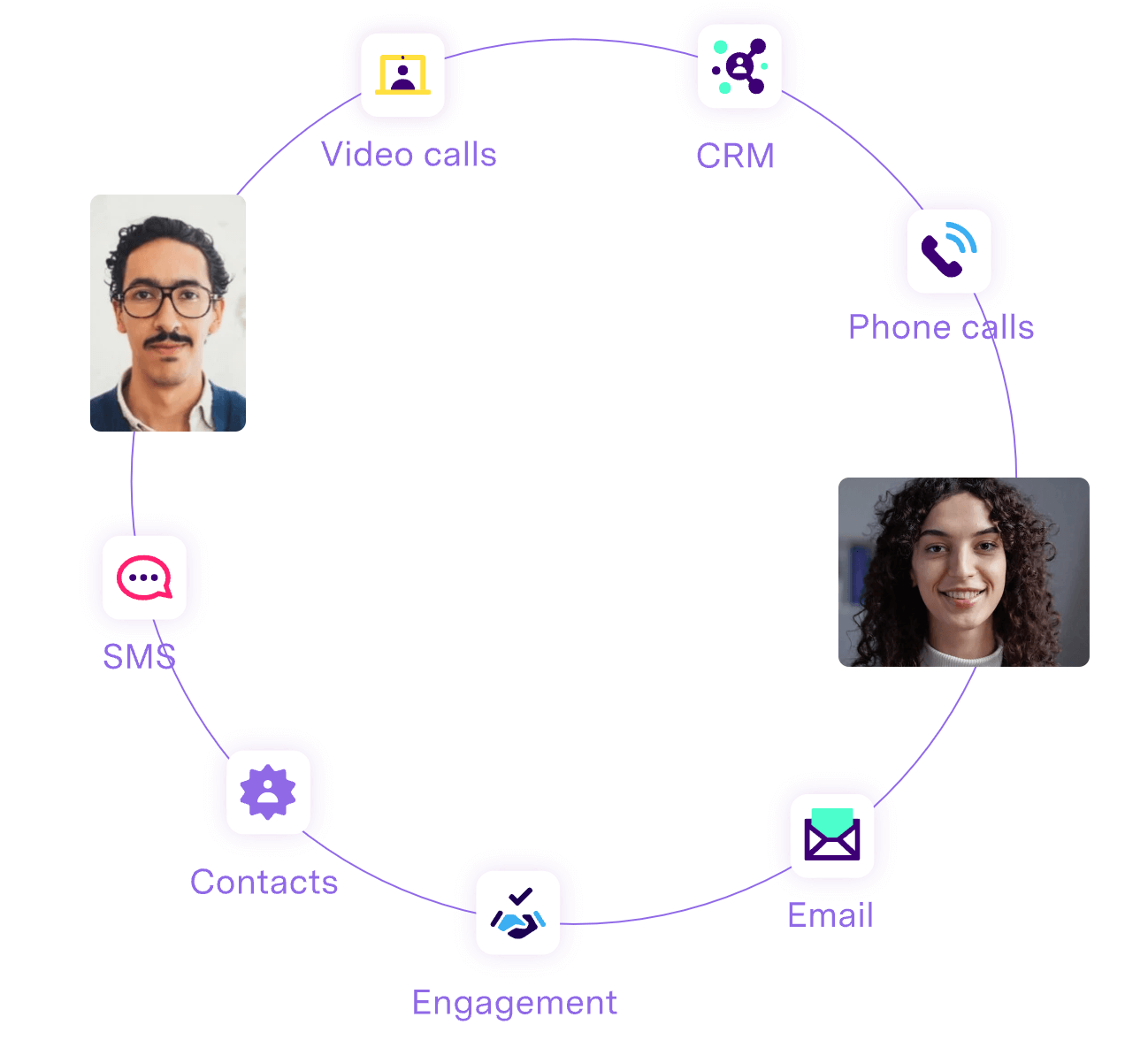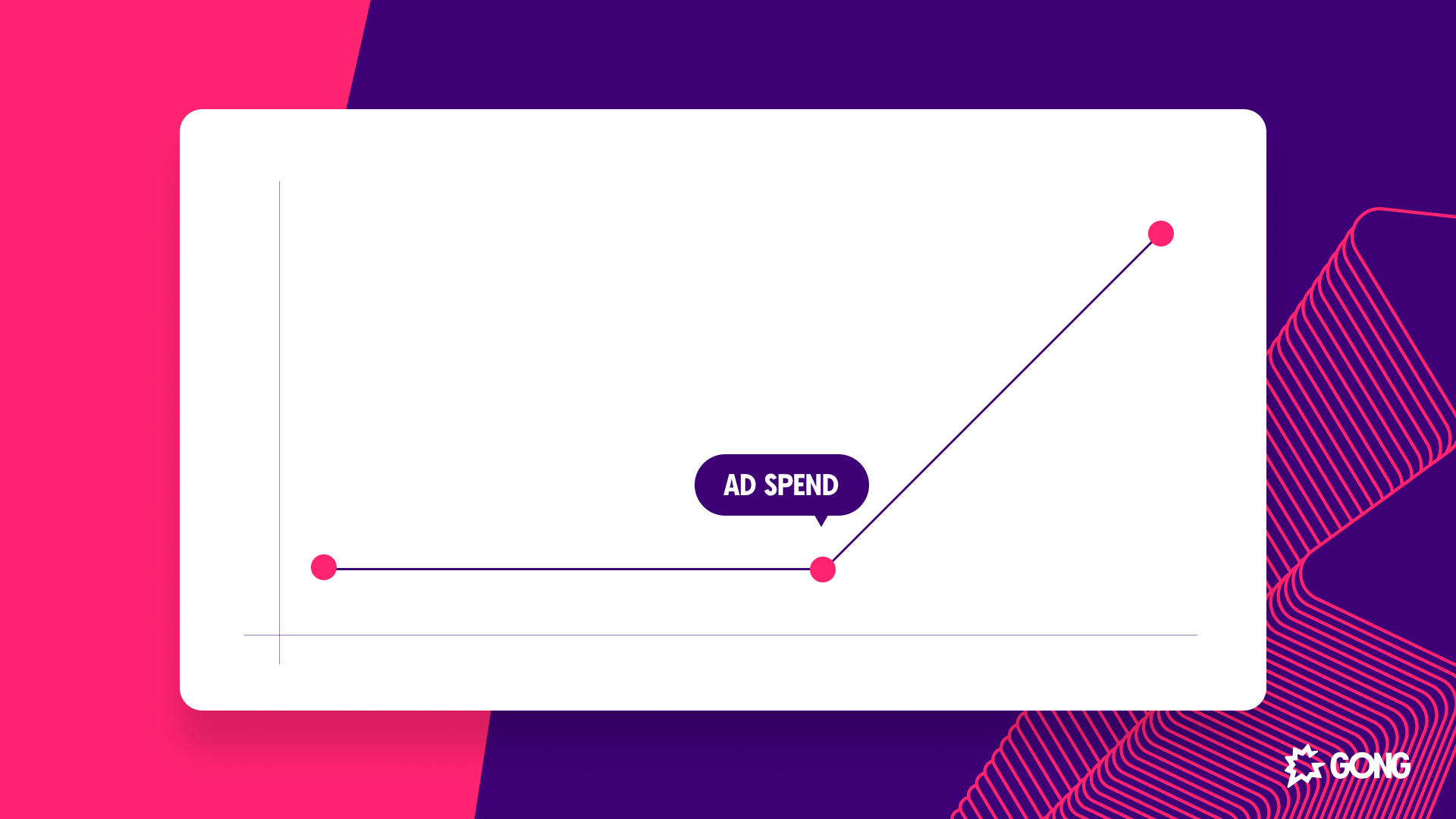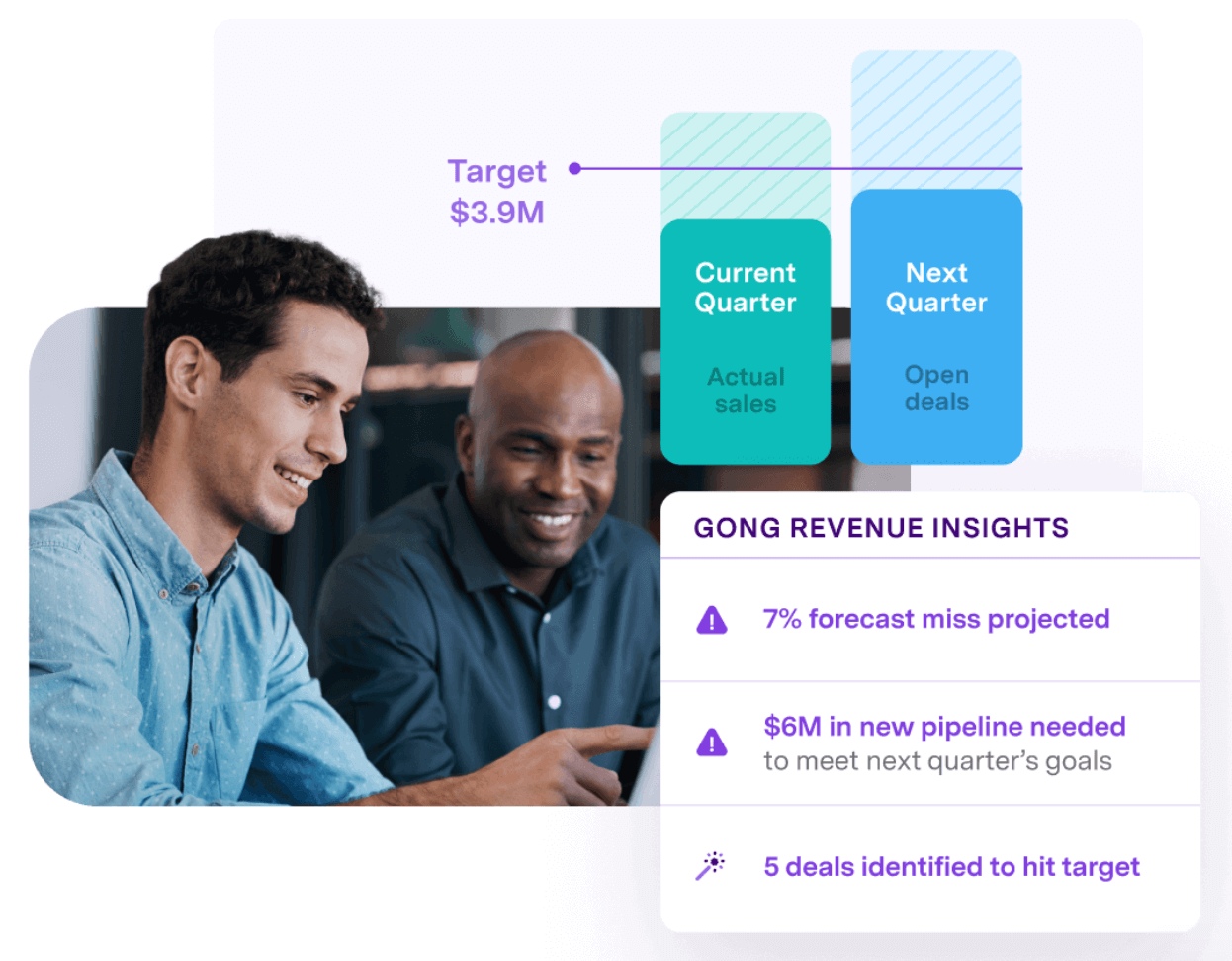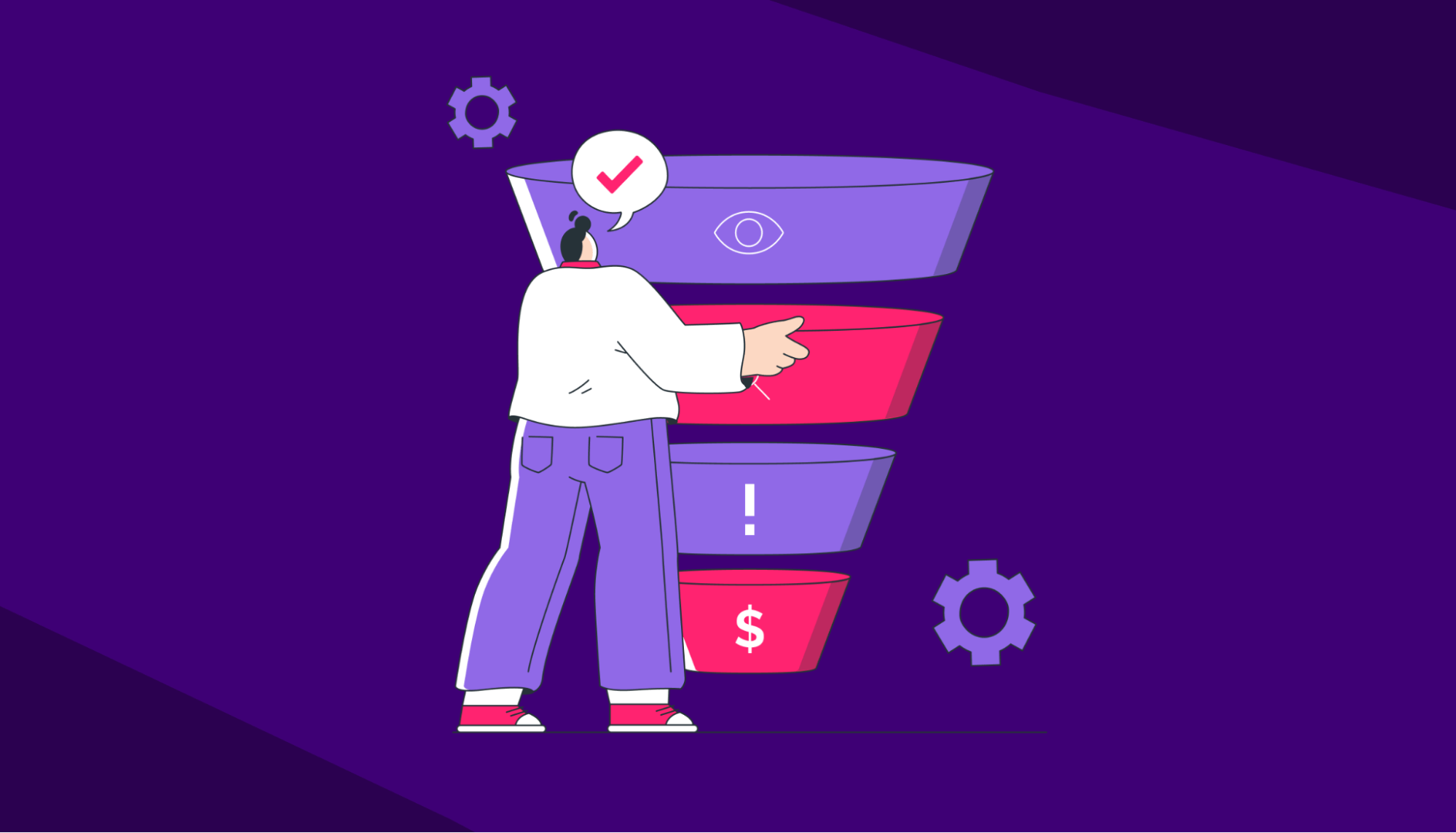Which of these 6 sales forecasting methods is right for your sales org?
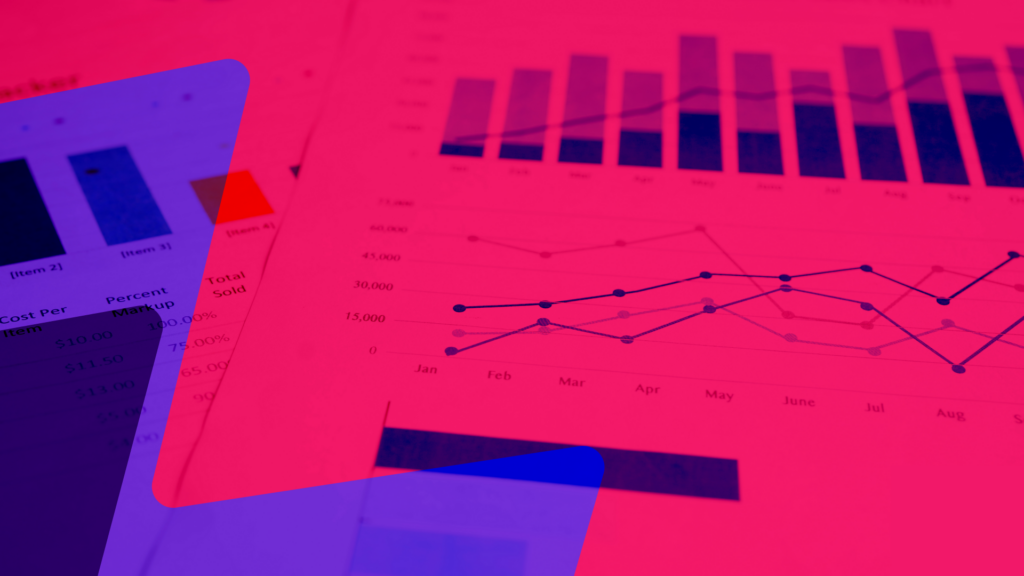
Research shows that 63% of business leaders believe sales forecasting is critical to their organization’s success, but only 27% say their current forecasting method is accurate.
Although sales forecasting is vital, most sales leaders don’t use a process that helps them understand how their teams win or lose deals. Without access to those insights, they can’t investigate their current pipeline or keep it on track, nor can they create an accurate sales forecast.
Every sales organization should have a clear sales forecasting method in place, and its sales leaders should understand why they use that particular method. This guide explores six proven sales forecasting methods, clarifying when to use them and what information you can glean from each one.
What’s sales forecasting?
Before we dive in too far, let’s cover the basics. What exactly is sales forecasting?
Sales forecasting is the practice of predicting the sales your business expects to close in the coming month, quarter, or year.
Successful forecasts draw on a wide range of data:
The reality is that accurate forecasting is tough to achieve. The data listed above is typically dispersed across numerous tools, and many conventional forecasting tools don’t even factor in market conditions or emerging trends. That makes it near impossible to get a clear picture of what’s really happening in your pipeline and create an accurate forecast.
Plus, most sales teams don’t have access to high-quality data, and even fewer teams have access to high-quality data that’s centralized in one platform. That’s likely why, as Gartner recently reported, “Executive stakeholders frequently lack confidence in the pipeline data and forecast results, leading to wasted effort and lost opportunity for data-driven decision making.”
Without reliable data and the right forecasting model, you’ll never uncover insights that can keep your forecast on track and improve its accuracy.
Why is sales forecasting important?
The crux of sales forecasting’s importance is this: When sales forecasts are accurate, business leaders can make better decisions about their company, and sales managers can prioritize their team’s time and resources to drive sales and growth.
With a reliable and accurate sales forecasting model in place, you can set achievable, realistic revenue milestones that align with your business’s resources, goals, and capabilities. The right model will also give you a better idea of how, when, and where to improve operations, hire more people, train your teams, and allocate resources. You’ll understand when to upscale and downscale inventory, manage seasonal fluctuations, and capture market trends.
Sounds important, right? It is.
The problem today is that too many companies rely on their reps’ gut instincts instead of hard data when they create forecasts. While gut instinct has its place in sales, you can’t rely on it to create accurate forecasts, and you certainly can’t rely on those forecasts as a foundation for good decision making.
Take software development company Piano as an example. They used to rely on their sales team’s knowledge and experience to forecast future sales. The results were highly inaccurate. After they switched to Gong Forecast, an AI-driven solution, their forecast accuracy shot up to 90%! They now make smarter, real-time decisions about individual deals in their pipeline, as well as the company’s overall growth.
Accuracy is everything when your entire organization flies or fails based on the revenue predictions you make — and how well your team lives up to them! You need to be able to spot problems early on and make adjustments straight away.
Read on to learn which of the six sales forecasting methods below can help your team achieve reliability on both fronts.
6 sales forecasting methods (with examples)
Each forecasting method below offers a unique way to look at potential sales.
Let’s dive in to understand how each technique works and what it can help you accomplish.
Opportunity-stage forecasting: Best for predicting deal closure
In opportunity-stage forecasting, you look at the likelihood of closing the open opportunities in your pipeline and calculate their total potential value.
You’d consider how deals progress through all stages of the pipeline and ask, “What’s the probability of this deal closing in a given timeframe based on its current stage?”
Assign a likely conversion rate to each stage in the sales pipeline. This probability represents the chances that a deal at this stage will close on time. The further along the pipeline a deal is, the better its chances of closing.
To get an overall forecast, you’d multiply the value of the deals by the percentage and then add them together.
For example, let’s say your pipeline looks like this:
- $10,000 worth of deals at the “Proposal Sent” stage with a 10% closure rate
- $5,000 worth of deals at the “Qualification Call” stage with a 30% closure rate
- $3,000 worth of deals at the “User Demo” stage with a 70% closure rate
Your pipeline potential would be ($10,000 x 0.1) + ($5,000 x 0.3) + (3,000 x 0.7) = $4,600
This method works best for businesses that already have a clear sales process with well-defined stages.
It’s clear and relatively simple, and it also helps you identify challenges by highlighting where deals drop out of the pipeline. That said, it overlooks external factors that can affect deal closures and it doesn’t provide you with any insights into why losses happen or long-term sales trends.
Intuitive forecasting: Best for forecasting new product success
Intuitive forecasting relies on your sales team’s gut feelings and knowledge to predict sales. It’s most useful when you launch something new, when historical data isn’t available.
For example, a sales team might intuitively predict a surge in sales after a famous influencer mentions your product.
On the plus side, this method is quick, flexible, and highly relevant to your company’s specific product range.
However, since it’s based on personal judgment, it’s often inaccurate — and it can be tough to manage if your sales reps all say something different.
Historical forecasting: Best for established markets
The historical forecasting method uses past sales data. It looks at what was previously sold, when, and to whom, and uses these historical patterns to forecast future sales.
This method considers aspects like growth rates, seasonal variations, and average sale values.
It’s a helpful sales forecasting technique if you have lots of data and consistent sales patterns as it helps you spot trends and cycles in past sales so you can predict future demand.
There are several methods of historical sales forecasting:
- Regular historical forecasting: This looks at the sales data for all products, a particular product, specific lines, or a defined segment. It predicts future sales trends based on patterns of historical sales.
- Time series analysis: This works similarly but looks at a particular period of time. It’s especially helpful for seasonal forecasts and predicting sales volumes over that time.
- Consumption-based forecasting: This method uses data from subscription models to make predictions about future subscription sales and usage.
These methods can offer reliable forecasts if you’re in a stable market (and that’s a BIG if). They also give you a benchmark against which to measure success.
Be wary though: These forecasts rely on past conditions and assume that these conditions will continue. They don’t consider unexpected market changes or new economic factors.
Multivariable analysis forecasting: Best for complex sales scenarios
Multivariable analysis forecasting uses a wealth of data sources to predict future sales. It looks at everything from how customers behave to fluctuating market dynamics. It considers historical sales data, social media trends, sales call topics, economic factors, marketing data, and so on, to create a big-picture overview of anticipated sales figures.
Sales leaders use this method to predict complex sales situations with lots of moving parts.
For example, when Tackle.io was in hyper-growth mode, trying to scale quickly, it relied on forecasts created using spreadsheets. It was a slow and overwhelming process that relied on error-prone manual input.
They switched to Gong, where Tackle now creates sales forecasts easily, using over 300 data points. The company has highly accurate AI-powered forecasts, plus, using Gong has cut down their forecasting time by a whopping 40%!
As you can see, this method helps sales teams understand the real reasons behind sales trends so they can hit their targets and optimize operations. You’ll need a high-powered sales forecasting tool like Gong to analyze massive amounts of data in this way.
Ready to see AI-powered, multivariable sales forecasting in action? Book a demo.
Regression forecasting: Best for identifying cause-and-effect relationships
Regression analysis connects sales volumes to other factors, as a way to understand their causal relationships.
For example, an online store might use a regression model to see how advertising spend influences retail sales.
The causal model works best for sales teams that want to understand how specific changes push sales figures up or down. Since you can only assess one variable at a time, it can take a while to work out which factors have the most impact on your numbers. It’s also easy to overlook variables that might sway sales figures without your knowledge.
Length of sales cycle forecasting: Best for improving sales efficiency
Length of sales cycle forecasting helps you determine how long it takes to convert a potential customer into a sale, and then asks, “How does the length of the sales cycle impact our forecast?”
Figuring out how long deals take can also help you uncover where they get stuck. You can use this model to determine which sales opportunities to prioritize based on the time they take to convert.
For example, a cybersecurity company might notice that deals with smaller businesses take around three months to close, while deals with larger businesses take six months. With this understanding, they can forecast revenue better and plan their team’s workload more effectively.
On the other hand, this method doesn’t always reflect deal complexity — instead, relying on averages.
Sales forecasting methods: 4 best practices you should use
Whichever sales forecasting method you choose, here are four best practices to get more out of it:
1. Choose the method that fits your situation
Using the right forecasting method makes a significant difference to your own team and the business as a whole. Stay true to your own needs and be aware that it’s easy to fall into the trap of using a complex method when you only need a simple one.
Think carefully about your available data and what you’re trying to learn. Pick the forecasting method that helps you reach your goals with the resources you have available.
2. Use the right forecasting tools
The better the tool, the more accurate the forecast. Good sales forecasting software analyzes many kinds of data points to make more informed predictions. The best forecasting tools use AI.
Solutions like Gong use AI-powered predictive forecasting to provide complete visibility into your pipeline. By performing a multivariable analysis on more than 300 signals, Gong’s AI finds sales patterns with incredible accuracy.
Drew Korab, RevOps Director at Upwork, has experienced the benefits of Gong Forecast firsthand. As he explains, “Our forecast accuracy has grown to the point that we’re now at 95%. Gong lets us run a predictable revenue organization, reduce the number of tools in our tech stack, and save tons of time on forecasting.”
And, unlike conventional forecasting software, Gong Forecast’s performance improves over time. By learning from real-time data, Gong’s machine-learning algorithms produce more accurate and relevant predictions.
You’re able to see exactly how your pipeline progresses and respond to trends or changes as soon as they happen.
3. Prioritize data quality
You’ve heard it before: “Garbage in, garbage out.” High-quality data is the cornerstone of effective forecasting. When your data isn’t clear, complete, or clean, you’ll get unreliable or inaccurate forecasting.
Gong improves your forecast accuracy by corralling your pipeline’s most critical data in one platform. There, it’s analyzed by AI to build a forecast that’s founded squarely on your best information.
4. Anticipate market trends and plan for seasonality
Sales don’t happen in a vacuum. Market shifts and seasonal trends shape sales patterns. If you don’t take them into account, you’ll miss both opportunities and risks.
Compare sales and market data from similar time periods to predict how these factors might impact your future sales.
FAQs about sales forecasting methods
What is the number one rule for sales forecasting?
Analyze high-quality data using an AI-backed platform. The combination of accurate data from multiple sources and high-powered AI leads to shockingly accurate forecasts and extremely helpful deal insights.
How can we improve our sales forecast accuracy?
Here’s a quick checklist:
- Use high-quality data
- Use multiple data sources
- Pick the right solution
- Compare similar time periods
- Factor in external influences
- Don’t make assumptions about what the future holds
How can we forecast sales for a new product or service?
Look at historical data on how similar products or services did when they launched. If you don’t have similar offerings for comparison, do your best by considering what you know about similar target audiences, revenue goals, or marketing angles.
What’s the biggest challenge in forecasting?
Data. Or rather, a failure to look at the right data. Sales reps’ opinions aren’t accurate enough in today’s market. When sales reps rely on their own gut feelings and guesses, they can lead the whole team in the wrong direction.
Use sales forecasting methods to enhance your bottom line
When it’s done well, sales forecasting guides a business’s growth by keeping the forecast on track and enabling smart business decisions. It’s how you (and your business’s leadership) set realistic targets and make informed decisions about which strategies to use to reach your goals. When you accurately predict which deals will close, you can prioritize your pipeline efforts, plan resource allocations, upgrade operations, and improve training accordingly.
For sales forecasting to be truly effective, you need to use a method that helps you achieve your business goals with the resources you have. You also need an AI-powered forecasting solution that corrals high-quality data from multiple sources to give you accurate forecasts that highlight both the risks and opportunities in your pipeline.
To get more insights into how to set up your own sales forecasts, check out these guides:
To learn how to create highly accurate sales forecasts, book a demo with Gong today. Discover how AI-driven forecasting can transform your sales and pipeline strategy.

